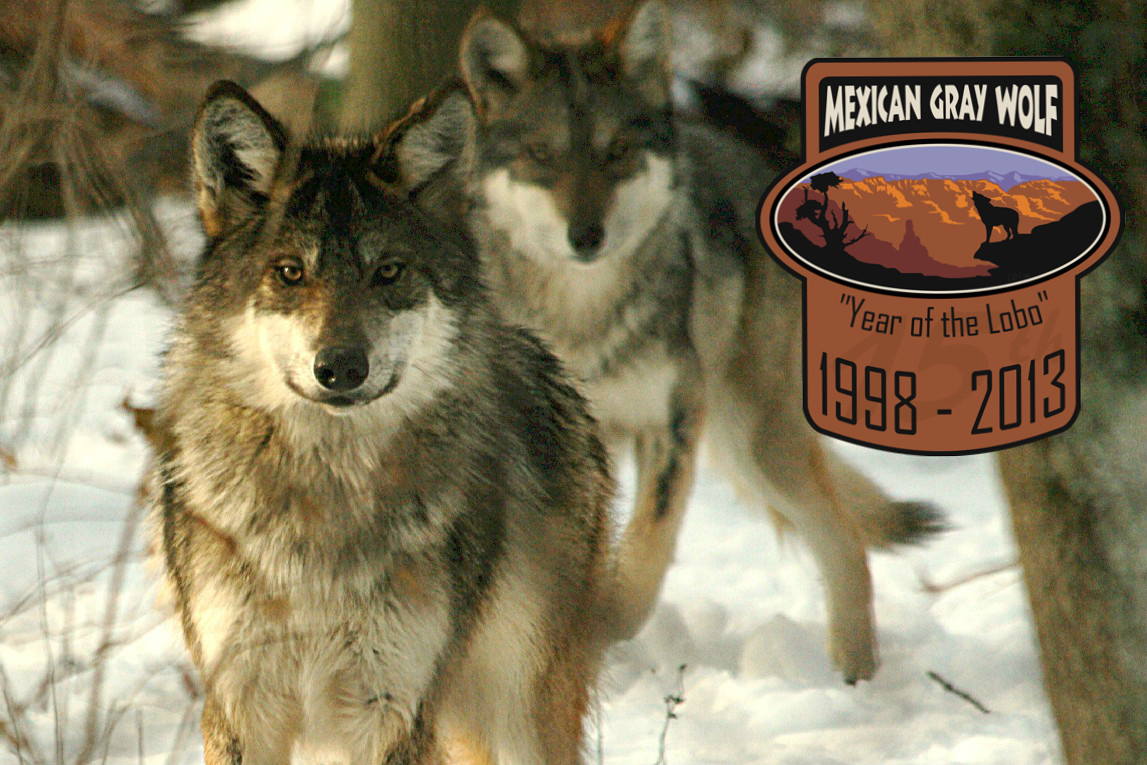29
Mar
A Howlingly Good Record of Success

Wolf Haven International, the longtime south Thurston County nonprofit that operates a sanctuary for wolves, is celebrating the 15th anniversary of successfully releasing Mexican gray wolves back into the wild this week.
Wolf Haven is recognizing the accomplishment as “loboweek.”
Fans of Wolf Haven can track news about the Mexican gray wolf on its Facebook page or on Twitter at #loboweek, Wolf Haven spokeswoman Kim Young said.
Although Wolf Haven was involved in releasing Mexican gray wolves into the wild 15 years ago, the organization’s first involvement with the wolves dates back to 1994, the year the nonprofit was selected to participate in a Mexican gray wolf species survival plan.
SPECIES WAS NEARLY EXTINCT
The Mexican gray wolf, now largely indigenous to the American Southwest, has come a long way since the 1970s and ’80s, said Wendy Spencer, director of animal care for the nonprofit.
In those years, the species barely existed in North America, except for four males and one female that were found and successfully trapped in Mexico.
Many other wolves can trace their lineage to that female Mexican gray wolf, she said.
The Mexican gray wolf population, which once numbered five, has grown to about 270 in captivity and another 75 in the wild, split largely between Arizona and New Mexico.
In 1998, a family of six Wolf Haven Mexican gray wolves were released in Arizona’s Apache Forest.
“It has been critical to their survival,” said Spencer about Wolf Haven’s efforts.
HAVEN TO 11 WOLVES
Since 1994, Wolf Haven has had as many as 17 Mexican gray wolves, but today has 11, four of them on display for visitors, while another seven are kept from the public in an area known as “pre-release,” helping them to possibly adjust to a return to the wild. Wolf Haven is one of only three pre-release facilities for the Mexican gray wolf in the U.S.
The four Mexican gray wolves on display Sunday were Lorenzo, Noel, Diablo and Gypsy.
Mexican gray wolves weigh about 50 to 70 pounds in the wild, although they can be heavier in captivity, such as Lorenzo, who weighs about 84 pounds, Spencer said.
Life expectancy in the wild for all wolves, including the Mexican gray wolf, is about five years due to starvation, disease, humans and their tendency to kill each other, she said. Wolves are “highly territorial,” Spencer said. The Mexican gray wolves preferred meal in the wild is a serving of white tail deer or elk, she said.
The oldest Mexican gray wolf in captivity at Wolf Haven is named Aldo, who is about to turn 16, Spencer said.
This article ran in The News Tribune on March 25, 2013.



